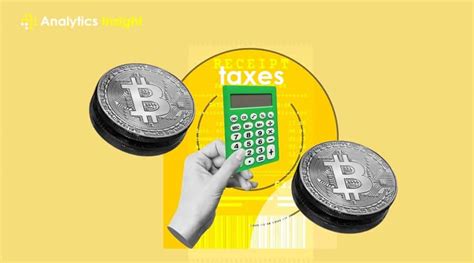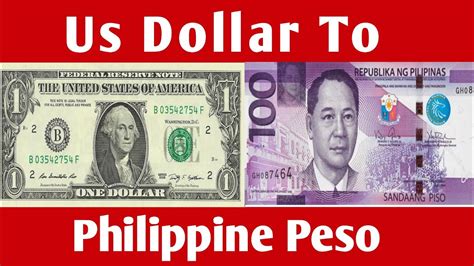Introduction
Uber’s long-awaited initial public offering (IPO) on May 9, 2019, marked a significant milestone for the ride-hailing giant and the New York Stock Exchange (NYSE). The company’s $8.1 billion IPO was one of the largest in history, setting the stage for further growth and innovation in the transportation sector.

Key Performance Metrics
- IPO Valuation: $8.1 billion
- Shares Offered: 180 million
- Opening Price: $45
- Closing Price (First Day): $41.57
- Market Capitalization (First Day): $76.2 billion
Impact on the NYSE
Uber’s IPO had a substantial impact on the NYSE in several ways:
- Increased Trading Volume: The IPO generated significant trading volume on the exchange, contributing to its overall liquidity and vitality.
- Boosted Confidence: Uber’s successful IPO signaled investor confidence in the company’s long-term prospects and the overall health of the technology sector.
- Elevated Prestige: Uber’s listing on the NYSE further enhanced the exchange’s reputation as a premier destination for global companies.
Factors Influencing the IPO’s Success
Several factors contributed to the success of Uber’s IPO:
- Strong Brand Recognition: Uber’s ride-hailing platform has become ubiquitous, with millions of users worldwide.
- First-Mover Advantage: Uber was among the first movers in the ride-hailing industry, establishing a substantial market share.
- Technology Innovation: The company’s innovative technology, including its ride-matching algorithms and surge pricing, has set it apart from competitors.
- Global Expansion: Uber’s presence in over 70 countries has given it a significant international footprint.
Challenges and Opportunities
Despite its success, Uber also faces challenges and opportunities going forward:
- Competition: The ride-hailing industry is highly competitive, with established players like Lyft and newcomers like Grab threatening Uber’s market share.
- Regulatory Concerns: Uber’s business model has faced scrutiny from regulators worldwide over issues such as driver classification and labor laws.
- Autonomous Vehicles: The advent of autonomous vehicles could potentially disrupt Uber’s core business model.
Opportunities:
- Food Delivery: Uber’s acquisition of Postmates has expanded its presence in the food delivery market, providing additional revenue streams.
- Uber Health: The company’s Uber Health service offers non-emergency medical transportation, tapping into a growing healthcare market.
- Autonomous Ride-Hailing: Uber has invested heavily in autonomous vehicle technology, positioning itself for the future of transportation.
Table 1: Uber’s Financial Performance (2017-2021)**
| Year | Revenue (USD) | Net Income (USD) |
|---|---|---|
| 2017 | 11.3 billion | 822 million |
| 2018 | 17.5 billion | 1.1 billion |
| 2019 | 14.1 billion | (1.8 billion) |
| 2020 | 11.3 billion | (6.7 billion) |
| 2021 | 19.5 billion | 1.2 billion |
Table 2: Uber’s Global Market Share by Region (2023)**
| Region | Market Share |
|---|---|
| North America | 65% |
| Europe | 20% |
| Asia-Pacific | 12% |
| Latin America | 3% |
Table 3: Uber’s Ride-Hailing Competitors (2023)**
| Competitor | Market Share |
|---|---|
| Lyft | 20% |
| Didi | 15% |
| Grab | 10% |
| Bolt | 5% |
Table 4: Uber’s Growth Forecast (2023-2025)**
| Year | Revenue Projection (USD) | Net Income Projection (USD) |
|---|---|---|
| 2023 | 25 billion | 2.2 billion |
| 2024 | 32 billion | 2.8 billion |
| 2025 | 40 billion | 3.5 billion |
Conclusion
Uber’s IPO on the NYSE was a transformative event for both the company and the exchange. The company’s successful listing has strengthened its financial position, expanded its global reach, and positioned it for further growth and innovation in the transportation sector. As Uber navigates the challenges and seizes the opportunities ahead, it remains poised to continue to shape the future of urban mobility.



